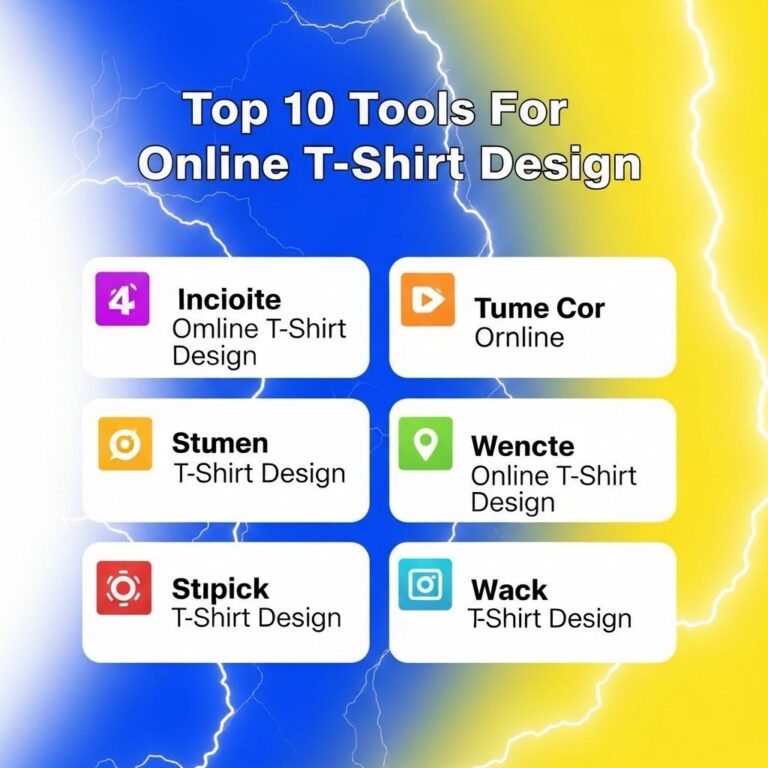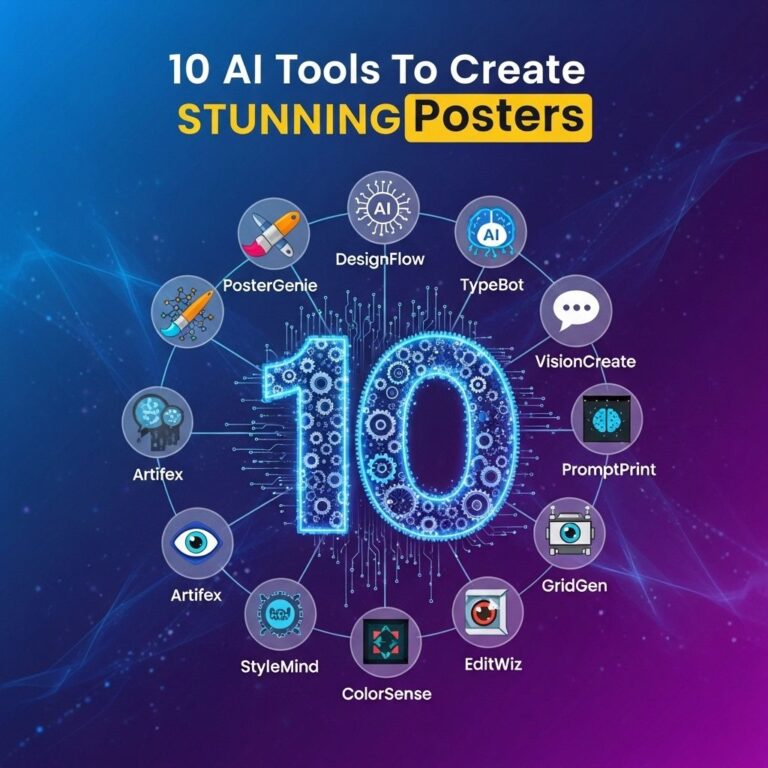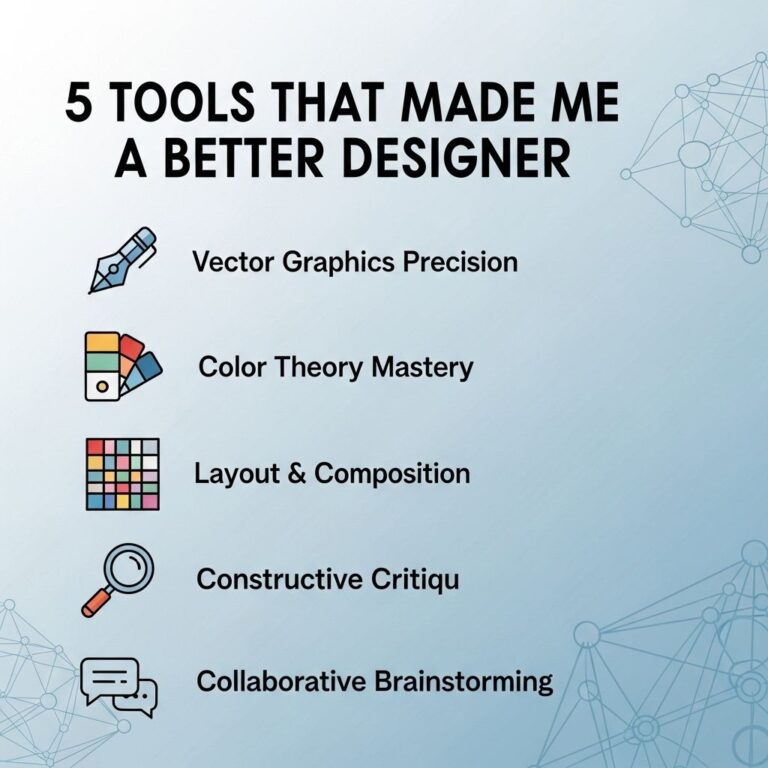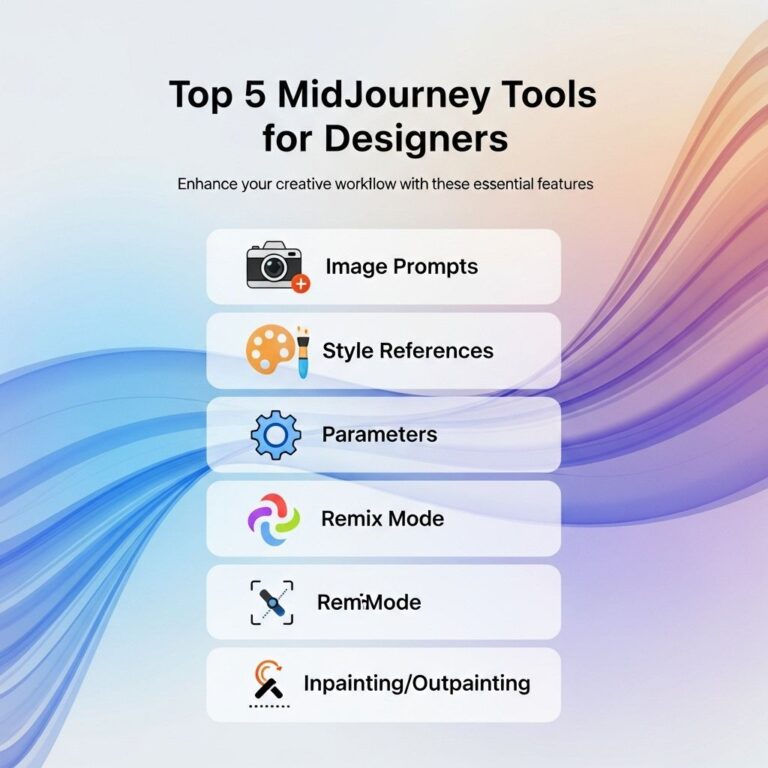In the world of digital design, minimalism has emerged as a powerful trend, guiding designers towards creating clean, simple, and effective layouts. The essence of minimal design lies in reducing the clutter, emphasizing functionality, and allowing the user experience to shine through. For designers aiming to create stunning minimalistic designs, having the right tools is crucial. This article delves into five powerful tools that can help you craft minimal designs that are not only aesthetically pleasing but also user-centric.
Table of Contents
1. Figma
Figma is a cloud-based design tool that has gained immense popularity among designers for its collaborative features and intuitive interface. It allows teams to work together in real-time, making it easier to implement changes and gather feedback.
Key Features:
- Collaboration: Multiple users can work on a design simultaneously.
- Vector Graphics: Create scalable designs that maintain clarity at any size.
- Prototyping: Easily turn static designs into interactive prototypes.
Figma’s clean layout encourages minimal design principles by providing a straightforward platform to focus on essential elements without distractions.
2. Sketch
Sketch has long been a favorite among UI and UX designers, particularly for its simplicity and powerful vector editing capabilities. Though it is available only on macOS, its robust features make it worth the investment for those in the Apple ecosystem.
Key Features:
- Symbols: Reusable design elements that streamline the design process.
- Plugins: Extend functionalities to meet specific design needs.
- Artboards: Organize multiple designs within a single project.
Sketch’s focus on vector graphics and a straightforward interface makes it ideal for creating minimalistic designs, enabling designers to eliminate unnecessary elements and focus on what truly matters.
3. Adobe XD
Adobe XD is Adobe’s answer to the growing demand for UX design tools catering to both designers and teams. Its seamless integration with other Adobe Creative Cloud applications makes it a convenient choice for users already in the Adobe ecosystem.
Key Features:
- Design Systems: Create reusable components and styles to maintain consistency.
- Auto-Animate: Add transitions and animations effortlessly.
- Voice Prototyping: Design voice user interfaces alongside traditional UI.
For minimal design, Adobe XD provides a clean interface to focus on user interactions without overwhelming the viewer with information.
4. InVision
InVision is primarily known for its prototyping capabilities but has expanded its offerings to include design collaboration tools. It’s especially useful for validating design concepts through user testing before final implementations.
Key Features:
- Prototyping: Create interactive prototypes to test user flows.
- Commenting: Gather feedback directly on designs from stakeholders.
- Design Handoff: Streamline the transition from design to development.
InVision’s focus on collaboration and user testing allows designers to refine their minimalistic designs based on real user feedback, ensuring that the final product adheres to usability principles.
5. Canva
Canva is a versatile online design tool favored by both professional designers and amateurs. While it may not have the depth of functionalities found in tools like Figma or Sketch, it excels at simplifying the design process, making it accessible to everyone.
Key Features:
- Templates: A vast library of templates for quick design starts.
- Drag-and-Drop Interface: User-friendly design experience.
- Social Media Tools: Pre-sized designs for various social media platforms.
Thanks to its simplicity, Canva allows users to create minimal designs quickly, emphasizing clarity and impact without the need for extensive design experience.
Conclusion
The world of minimal design is all about clarity, functionality, and user engagement. By leveraging the right tools, designers can efficiently communicate their ideas and create visually striking designs that resonate with users. Whether you are a professional designer looking for advanced features or a beginner exploring the basics of design, these five tools—Figma, Sketch, Adobe XD, InVision, and Canva—offer a range of capabilities to suit your needs. Embrace the power of minimal design and let these tools elevate your creative projects to new heights.
FAQ
What are the best tools for minimal design?
Some of the best tools for minimal design include Adobe XD, Figma, Sketch, Canva, and InVision.
How can I achieve a minimal design aesthetic?
To achieve a minimal design aesthetic, focus on simplicity, use a limited color palette, prioritize white space, and eliminate unnecessary elements.
Is minimal design suitable for all types of projects?
While minimal design can enhance many projects, it’s most effective for brands that want to convey clarity and elegance. It may not suit every audience or product type.
What are the key principles of minimal design?
Key principles of minimal design include simplicity, functionality, intentional use of space, and a focus on essential elements that serve a purpose.
Can I create minimal designs without professional software?
Yes, you can create minimal designs using user-friendly tools like Canva or online design platforms that offer templates and easy drag-and-drop functionalities.









